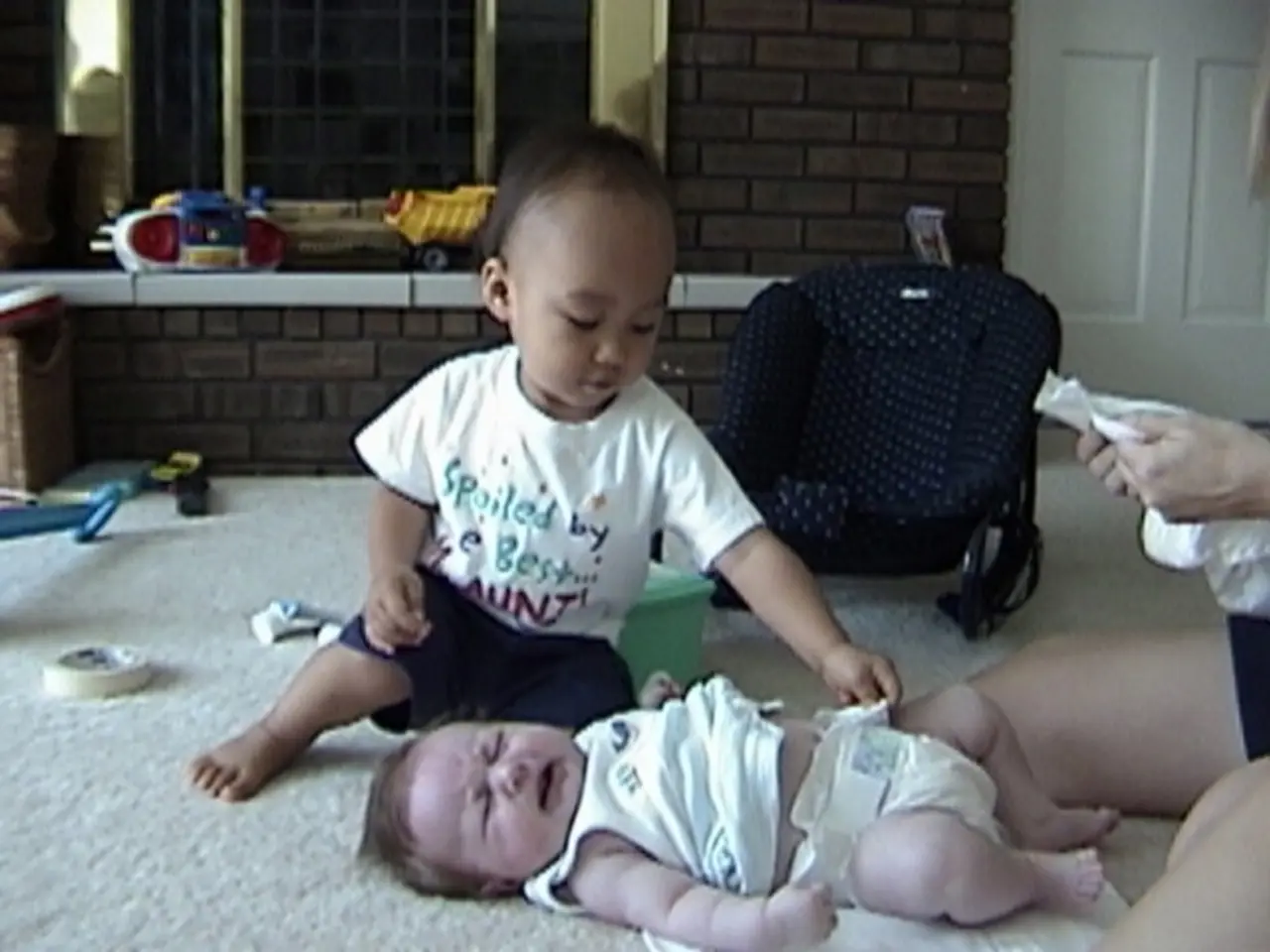Diaper Change Station Setup and Security Guidelines: A Comprehensive Guide
Setting up a diaper changing station in Nigeria requires careful consideration of climate, healthcare access, and resource availability. Here are some tailored tips to ensure both safety and hygiene for your baby.
**Key Considerations for Setup**
In Nigeria's hot, humid climate, it's essential to use breathable, waterproof changing pads or mats that are easy to clean and dry quickly. Position the changing area in a shaded, well-ventilated spot to keep the baby comfortable and reduce heat-related stress. Regularly air-out changing mats and linens to prevent mold and bacteria buildup.
**Hygiene Essentials**
Ensure a clean water source and soap are always available for hand washing before and after each diaper change. Use locally available disinfectants like mild bleach solutions or alcohol-based sanitizers if water is scarce. Always rinse thoroughly after using harsh chemicals if the baby’s skin will come into contact.
If using reusable cloth diapers, wash them with hot water and soap, and allow to dry completely in the sun. Use a covered trash bin with a lined bag for soiled diapers, wrapping them tightly before disposal to minimize odor and contamination.
**Access to Healthcare**
Keep a basic first aid kit with antiseptic ointment, petroleum jelly (for rash prevention), clean gauze, and bandages nearby. Monitor for signs of diaper rash or infection and seek medical advice promptly if symptoms worsen. Share information about the importance of hygiene with caregivers to help prevent infections and skin conditions.
**Resource Availability**
Use simple, locally available options like woven palm baskets or portable changing mats that are easy to clean and transport. Portable or foldable changing pads can be used anywhere at home or while traveling, offering flexibility and ease of use. Keep diapers, wipes, and creams in a dry, cool place to prevent them from spoiling or becoming unusable due to heat and humidity.
**Safety Measures**
Always use a stable, flat surface for changing. If using a raised platform, ensure it has safety straps or a barrier to prevent falls. Never leave a baby unattended during diaper changes, even for a moment.
**Example Table: Key Supplies for a Diaper Changing Station**
| Item | Purpose | Notes for Nigeria | |---------------------|----------------------------------|----------------------------------| | Changing mat | Safe, hygienic surface | Breathable, easy to clean | | Water and soap | Hand hygiene | Ensure clean source | | Trash bin with lid | Waste disposal | Line with plastic bag | | First aid kit | Minor injuries, rashes | Keep accessible | | Portable basket/mat | On-the-go changes | Locally sourced options | | Clean diapers | Daily use | Store in dry, cool place | | Petroleum jelly | Rash prevention | Apply as needed |
**Additional Tips**
Regularly educate caregivers on proper diaper changing techniques and hygiene practices. Adjust routines during harmattan or rainy seasons, as these may affect air quality and humidity. Frequently check supplies to ensure nothing is running low, especially in areas where access to shops or markets may be unreliable.
By adapting to local conditions, using available resources wisely, and maintaining strict hygiene standards, you can create a safe and effective diaper changing station in Nigeria.
- Incorporate parenting strategies that emphasize the importance of hygiene and safety while changing diapers, which will significantly contribute to your baby's healthy development.
- Seek educational resources about childcare and parenting, as understanding the right techniques can lead to better behavior and health for your kids in the long run.
- To ensure a secured and comfortable environment for your baby, consider implementing family safety measures during the diaper-changing process to protect them from accidents.
- Incorporate a health-and-wellness focus in your parenting by consistently monitoring the behavior of your baby, looking out for signs of health issues or infection during diaper changes.
- Alongside safety measures and hygiene practices, make an effort to educate other family members or caregivers about proper diaper-changing techniques and essential hygiene practices for the well-being of the baby.
- By blending science-backed childcare practices, focusing on education, safety, and health, you will not only create a nurturing family environment but also foster the growth and development of your child.




